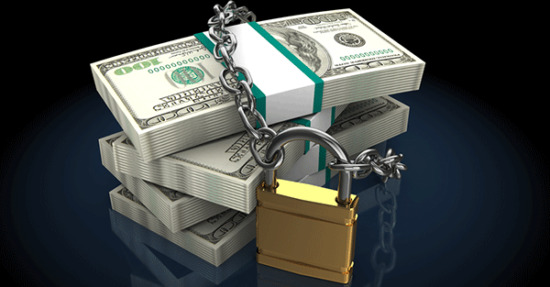A market economy can be defined as an economy in which the allocation of resources is determined only by their supply and the demand for them. Market economy can also be defined as an economic system in which economic decisions and the pricing of goods and services are guided solely by the aggregate interactions of a country’s citizens and businesses and there is little government intervention or central planning. To conclude, the market economic system is basically a system whereby private individuals take up the responsibility of allocating resources to the public and relies chiefly on market forces to determine prices. Countries practicing the market economic system tend to assume that the forces of demand and supply are the main determinants of what is right for a nation’s well-being. They {the countries} rarely experience government interventions such as price fixing, license quotas and industry subsidizations. In reality, the market economy Continue reading
Economics Concepts
Monopsony and Competition Law in Indian Context
Can a buyer be the biggest bully? The classical theory of monopsony answers this question. It envisions a market scenario with only one buyer, who can use his leverage to reduce the quantity of product purchased, thereby driving down the price that he has to pay. Seldom does a monopsonistic situation arise in the market, so much so that little has been thought till date about the potential adverse impact of such a scenario on market competition. Another reason for the antitrust analyst’s apparent neglect of the power on the buyer’s side of the market may be that such power tends to reduce the selling price of a commodity, thereby causing a prima facie increase in consumer welfare, which has always been one of the traditional goals of competition law. Classical Monopsony -What does It Entail? Pure monopsony can be looked upon as the demand-side analogue of the monopolist who Continue reading
Comparison of Different Economic Systems
Any system that involves the mechanism for production, distribution and exchange of goods apart from consumption of the goods and services within the different entities can be classified as an Economic System. The various kinds of economic systems and their classifications broadly follow the methods by which means of ownership are established. Thus, the mode of ownership of capital leads to the different kinds of economic systems in vogue. This article focuses on three types of economic systems, such as market, command, and mixed economy. It compares and contrasts these types in terms of the role of the government in their functioning, property and land ownership, mechanisms of price formation, division of labor, and income distribution. Market Economy vs. Command Economy A market economy can be described as an economic system where the production means are largely privately owned and aimed at profit and the process of capital accumulation. In Continue reading
Alfred Chandler’s Model of Integrated Managerial Enterprise
Managerial enterprises received the priority and governmental focus in the modern economic strategy that led to the fast and impressive growth of the economies of developed countries. Numerous countries have chosen the model designed by Alfred Chandler as the primary tool for changing the perspectives and visions to transform and grow to become powerful national economic enterprises. The model is based on the economic logic. The decisions made by managers based on this approach had a momentous impact on the path of economic advancement of Germany making this country one of the most influential players in the global arena, increasing production level in the United States, and helped Japan reach its leading position in the world. Adherence to the economic logic became the engine for the economic improvement. However, weak implementation of the Chandler’s model consequently led the United States to the decline in the competitiveness in machinery and electronics Continue reading
Importance of Capital Controls in Economic Policy
Globalization of capital investment and finance has surfaced for a long period of time in the world of global financial market. Capital flow liberalization has brought up the importance of capital controls for some countries to achieve their economic growth. The Description of Capital Controls Since the failure of Bretton Woods system in 1971, the international capital movements within developed and developing countries become unstable and for some countries the capital flows need to be controlled. Capital controls are restrictions to regulate the movement of capitals which are flowing in or out of the country. Capital flows may be in forms of bank loans, portfolio investment and foreign direct investment. The controls of short terms portfolio investment and bank loans are quite necessary since they are quite risky because of the roll-over risks. For long term credits and FDI are less risky if they are politically guaranteed. Looking back to Continue reading
The Concept of Profit Standards in Managerial Economics
Standards of reasonable profits are determined when a firm chooses to make only reasonable profits rather than to maximize its profit. The questions that arise in this regard are as follows: What form of profit standards should be used? How should reasonable profits be determined? These questions can be understood after going through the following explanatory points. Forms of Profit Standards Profit standards is determined in terms of the following: Aggregate money terms Percentage of sales, and Percentage return on investment. All these standards are determined for each product separately. Among all the forms of profit standards, the total net profit of the firm is more common than other standards. But when the purpose is to discourage the competitors, then the target rate of return on investment is the appropriate profit standard, provided the cost curves of competitors’ are similar. The profit standard in terms of ratio to sales is Continue reading

